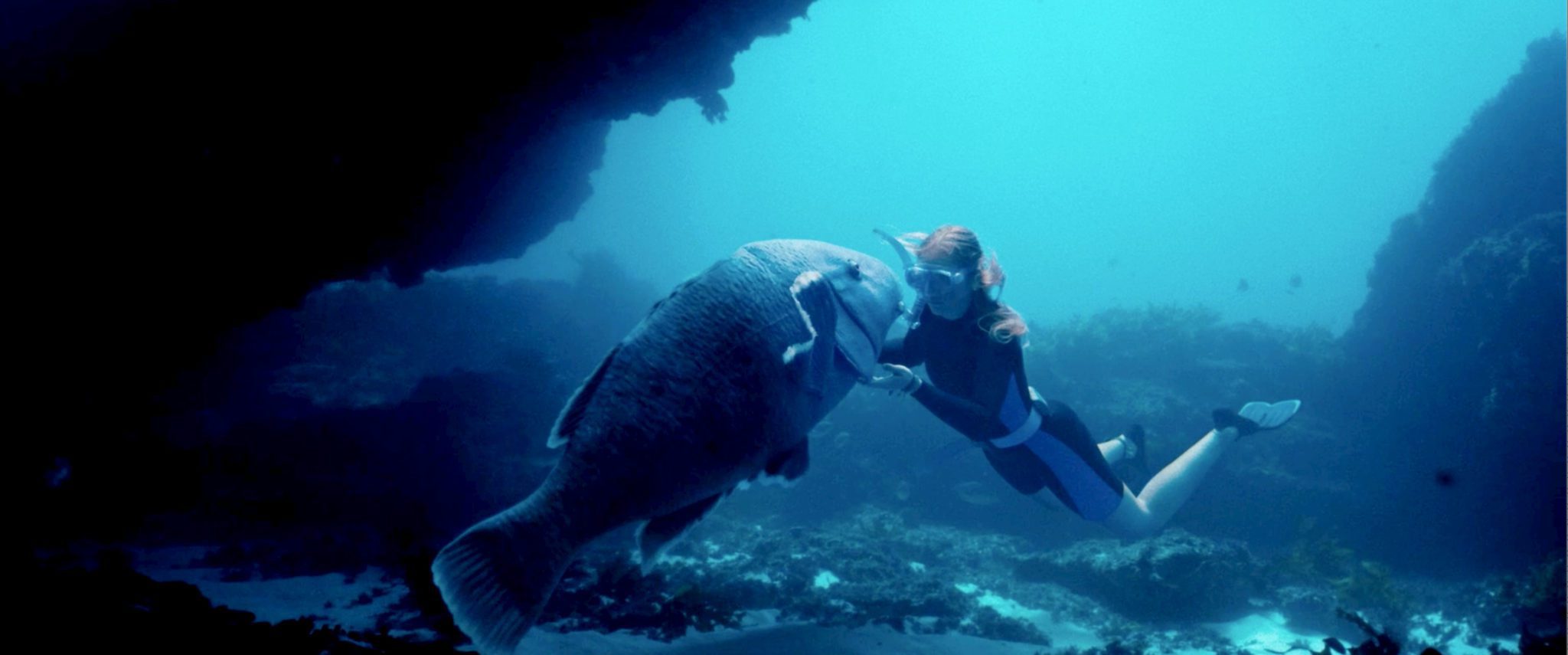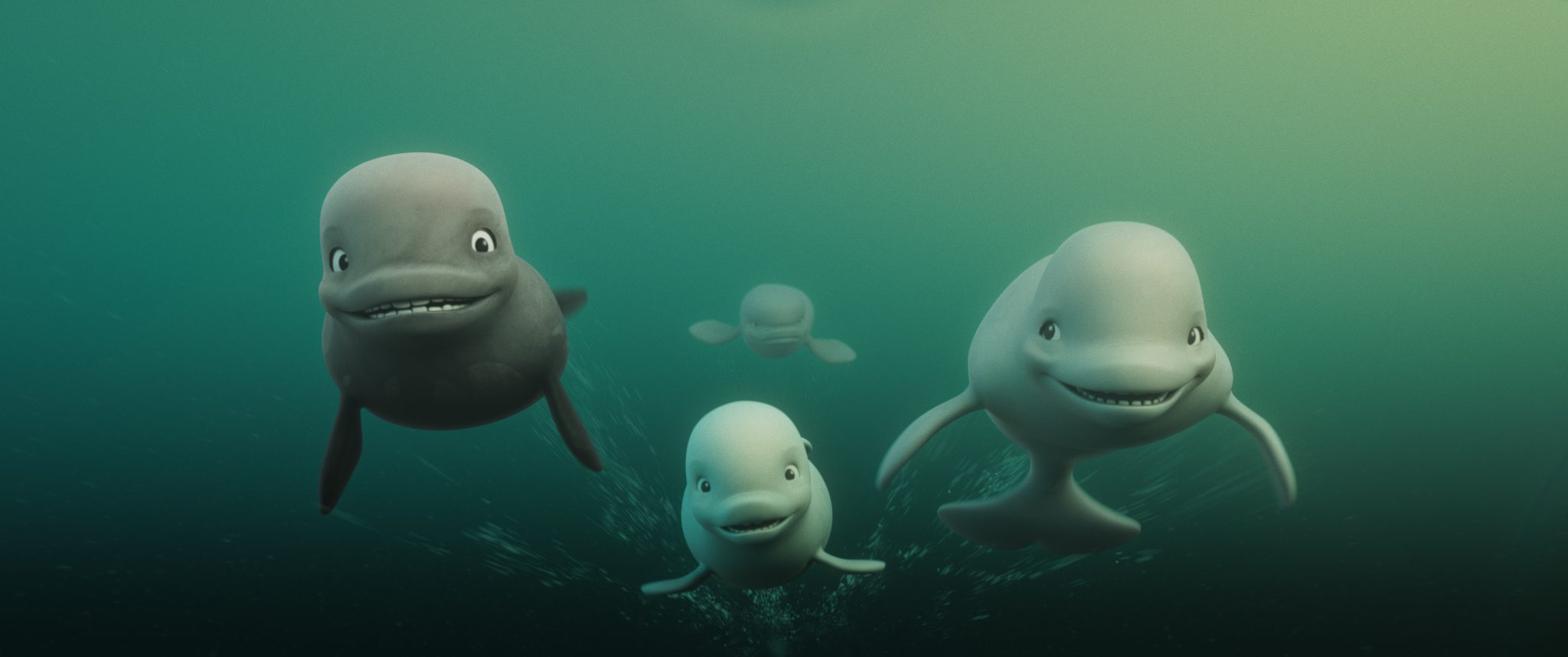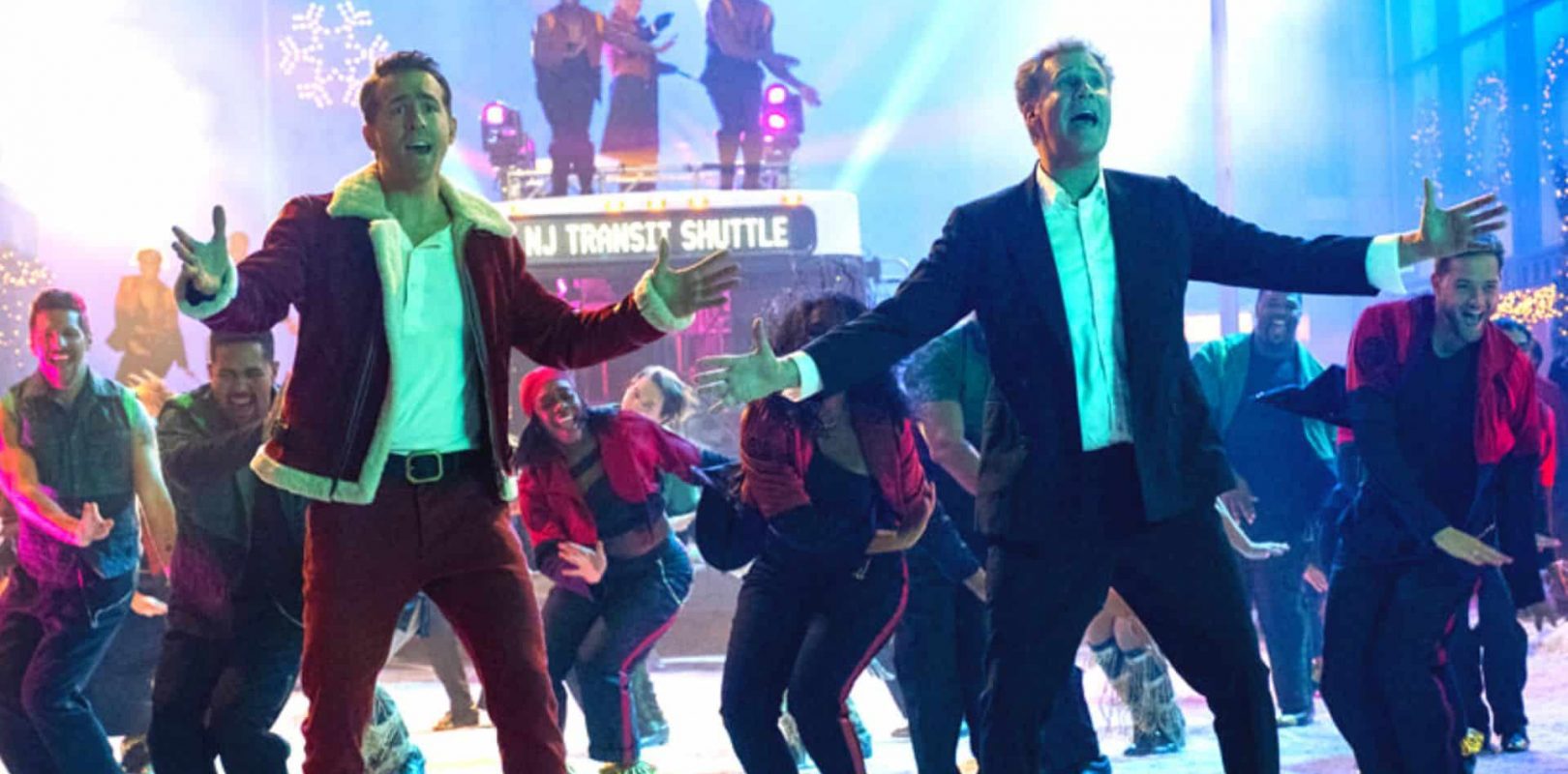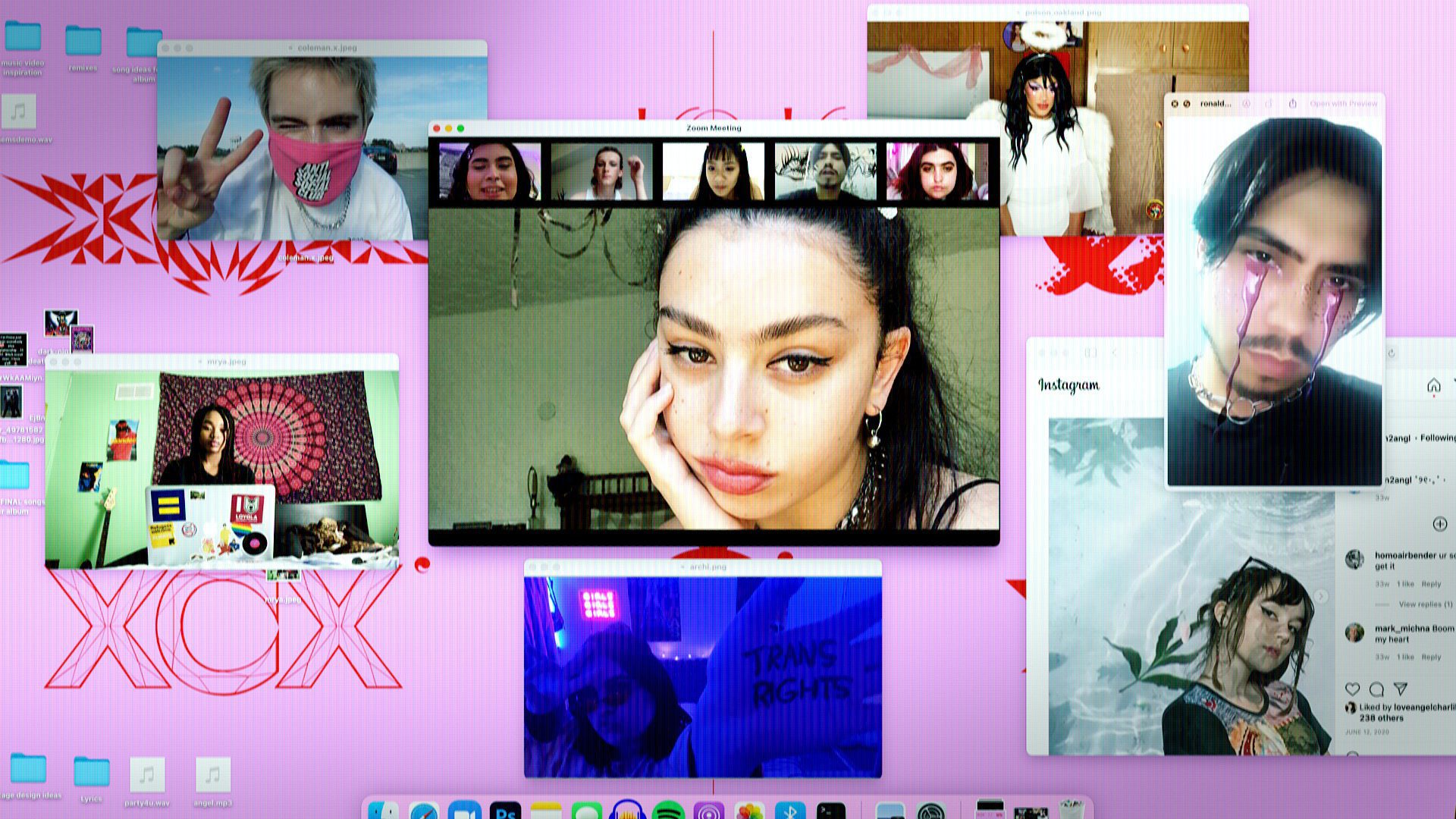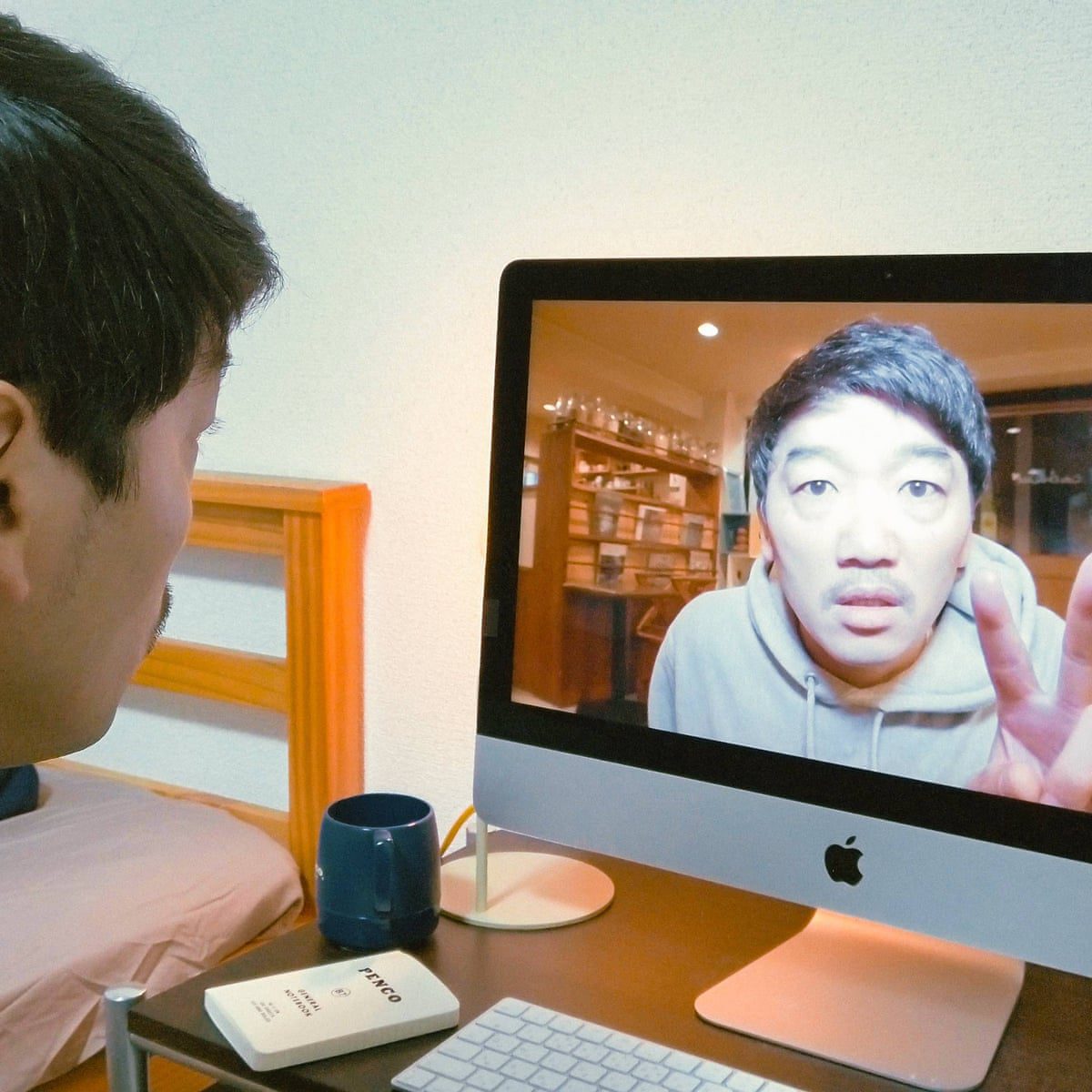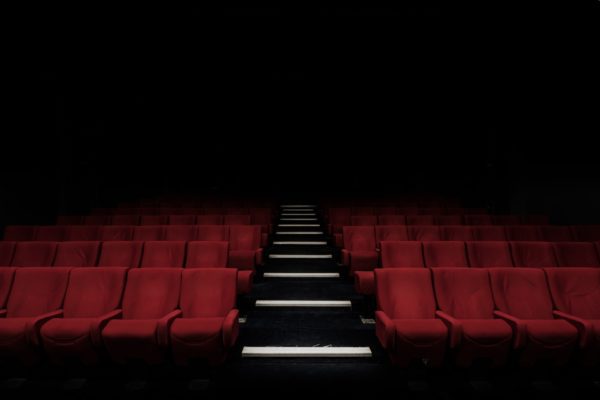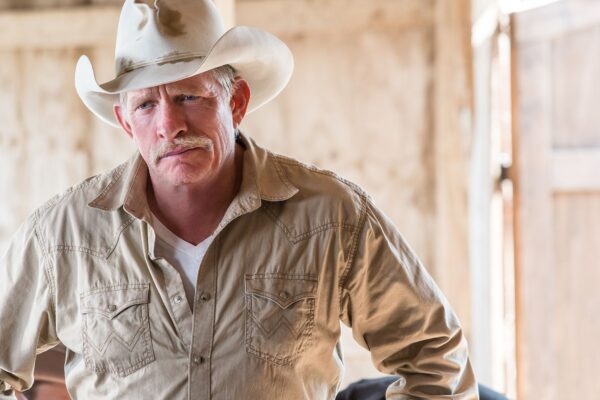
The Accidental Texan: What Are You Doing Here?
Fledgling movie star? Check. Struggling local business owner? Check. Strained parent-child relationship? Check. A delightfully heartfelt movie about the fledgling movie star acting his way through a scenario to help the struggling business owner while navigating a strained relationship with his father? Also check. After blowing his first big gig, actor Erwin Vandeveer (Rudy Pankow)…


